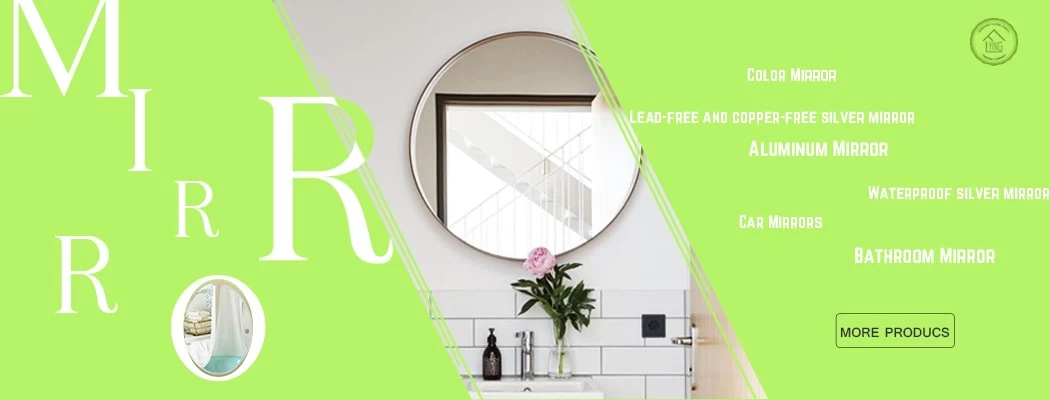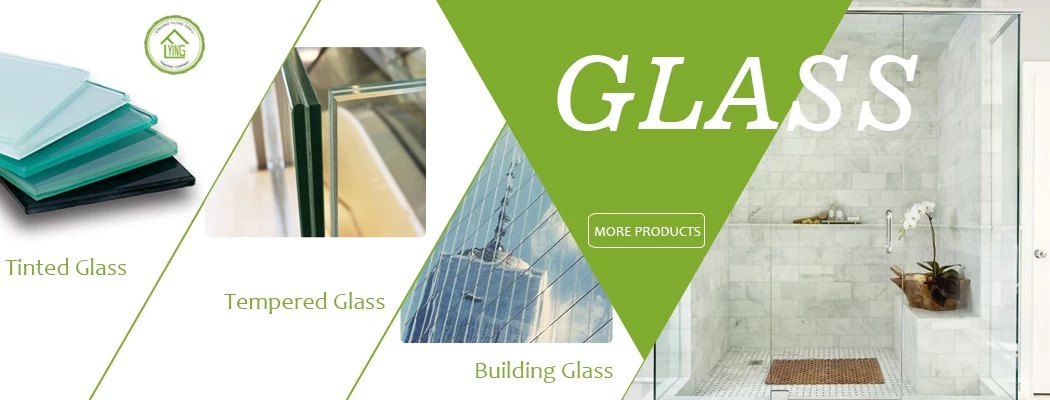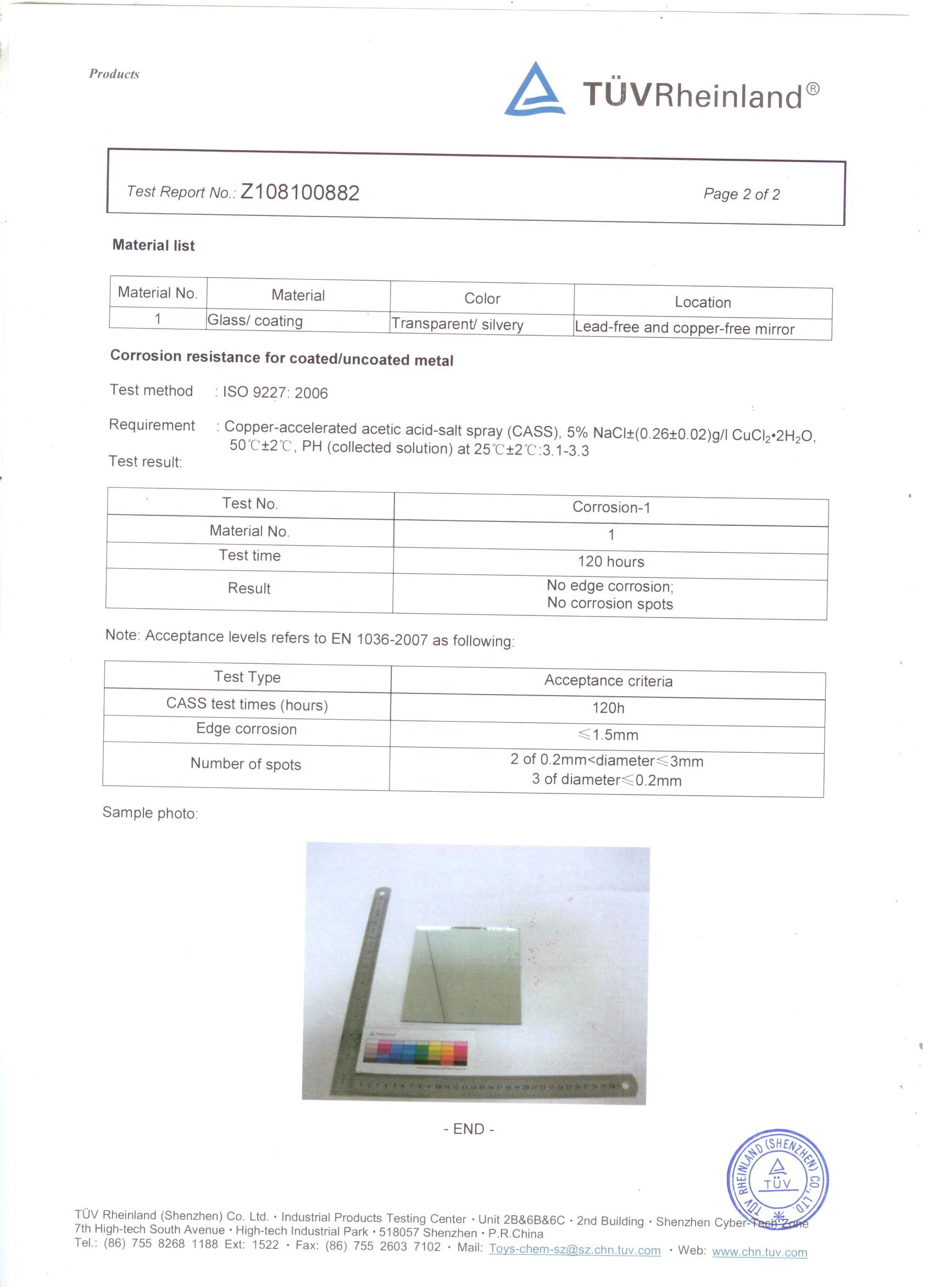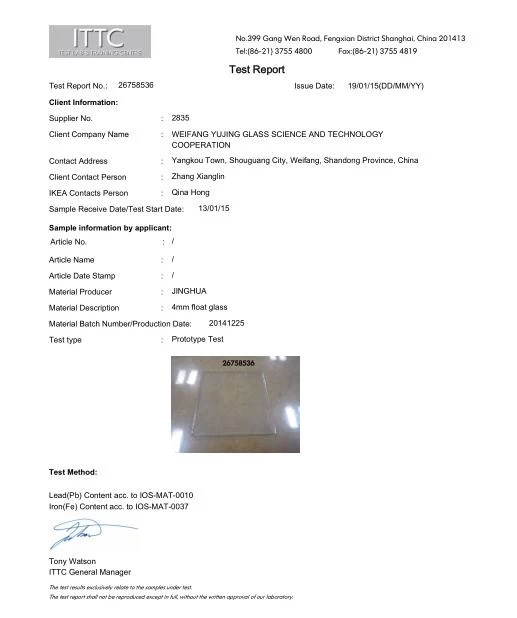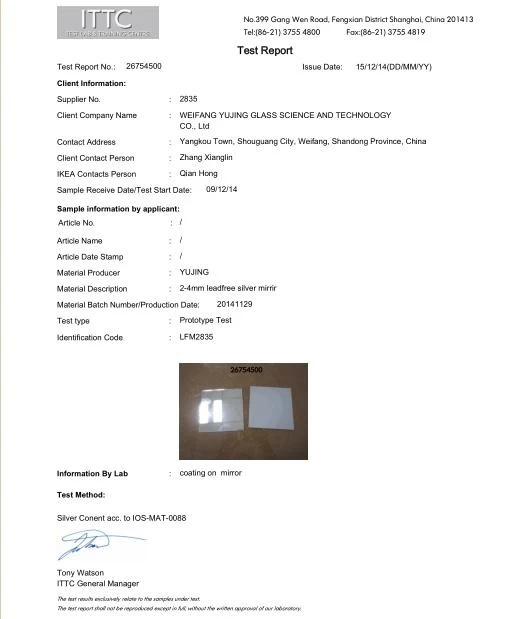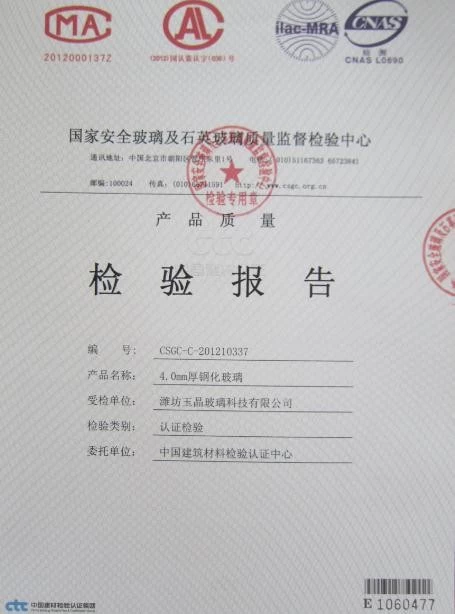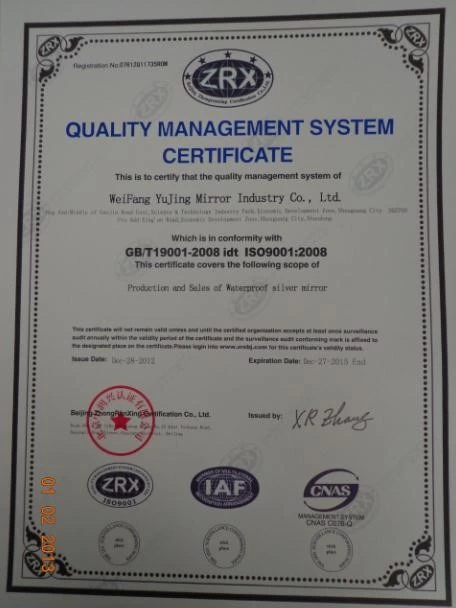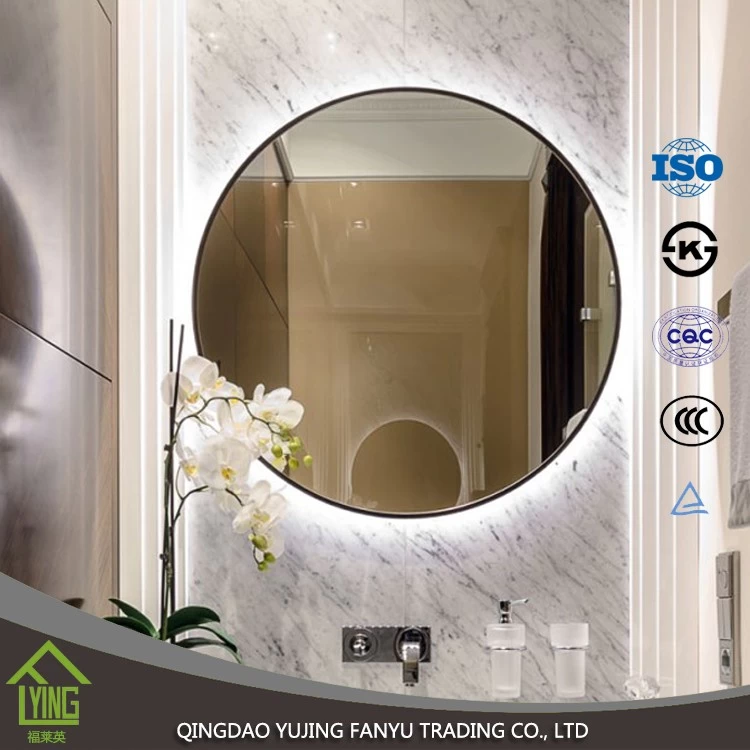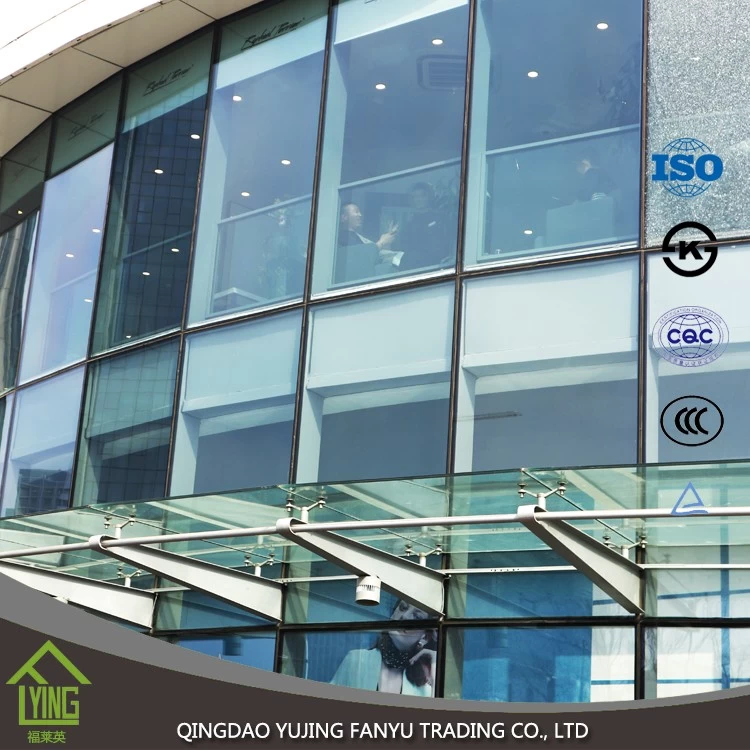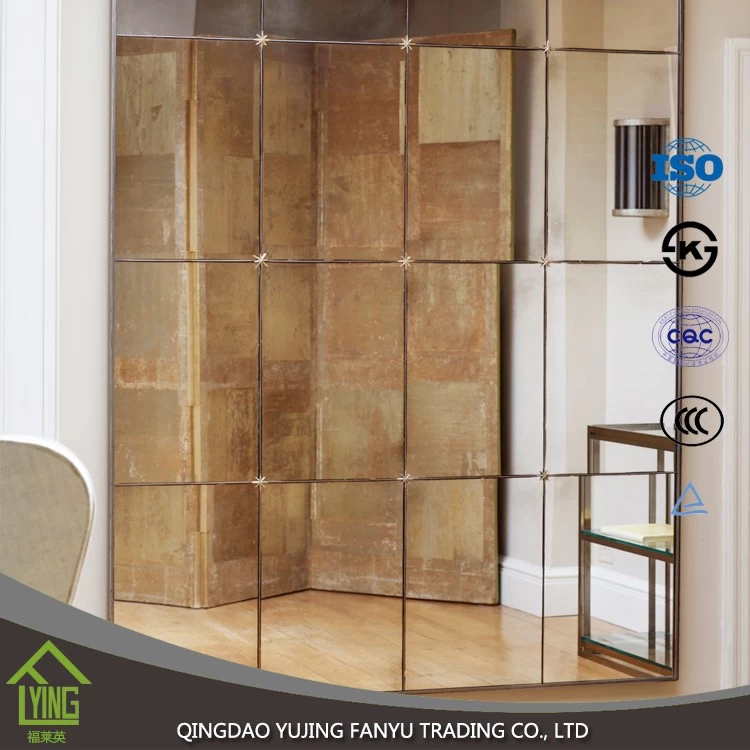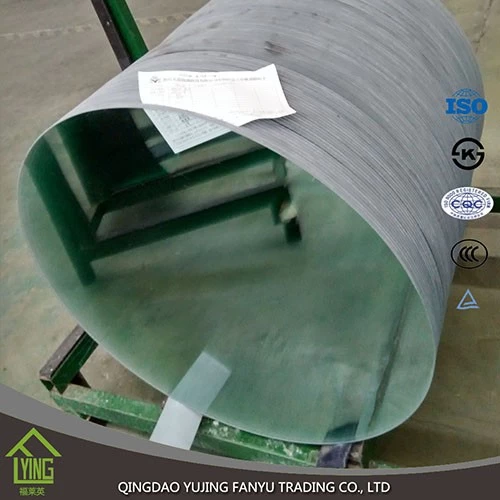The choice of building sealant? do you know?
Fanyu
Www.glass.com.cn
2018-08-01 14:57:21
| With the continuous updating of construction technology, the choice of building sealant is becoming more and more important. Among them, it is particularly important to choose the professional and targeted construction sealant and control the construction quality. There are many types of building sealants, including silicone, polyurethane, polysulfide, acrylic, butyl, asphalt and oil-based resin modified products. At present, the building sealant used in China is mainly silicone, polysulfide, polyurethane three room temperature curing elastic sealant, and a wide range of applications are silicone sealant. 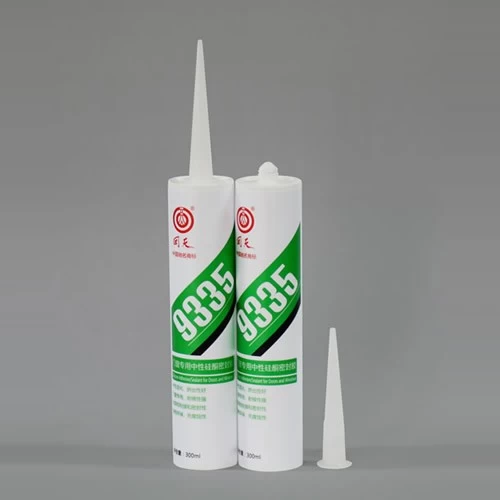 Selection of building sealant How to choose sealant is the key, and the choice of building seal is mainly based on its performance characteristics, as follows. 1. Concrete bonding Most of the PC boards used in the market are concrete slabs, so the building sealant should have good adhesion to concrete. Due to the nature of the concrete itself, ordinary sealants are not easily bonded to the surface. When selecting a building sealant, concrete should be considered as an alkaline porous material, and whether the release agent used during demolding remains on the surface of the PC board. 2, joint displacement When a sealant is selected, its mechanical properties are also important. The displacement of the joint should be considered in the design to determine the width of the joint, which is the deformation of the sealant within a large tolerance. For concrete joints of 10~35mm, it is generally required that the sealant has good displacement ability and elastic recovery rate, so that it can adapt to joint displacement. 3, weather resistance The weather resistance of building sealant will affect its service life. Due to the specific molecular structure of silicone sealant, it is not enough to damage its structure even under the ultraviolet irradiation of energy, which ensures that silicone sealant has good UV resistance. It has a clear advantage in weather resistance. Construction process of building sealant 1. Pre-construction test The building sealant should be tested for bonding performance and compatibility before construction to avoid the discovery of construction, delaying the construction period, resulting in waste of materials and labor. Among them, the adhesion performance test is to check whether the silicone rubber used and the substrate can form a good bond; the compatibility test is to check whether the materials used in the construction will have adverse effects on the sealant and affect its life. 2, the construction process Seam preparation → cleaned by the adhesive surface → (if necessary, apply the primer liquid) → glue adhesive bonding → trim the rubber injection surface, remove the protective tape → curing curing (3~5d in summer and 5~7d in winter) . 3, frequently asked questions (1) not bonded to the substrate The main reason is that the adhesion test was not carried out before construction, the curing temperature was too low, and the relative humidity was too high. During construction, the curing temperature should be increased, the curing time should be extended, the substrate should be surface treated or the sealant replaced. (2) Slow curing speed The main reason is that the ambient temperature is low, the humidity is low, the glue joint is too narrow, too deep, and the sealant expires. During construction, the curing temperature and humidity should be improved, two times of glue or double-sided glue should be applied, and the sealant should be replaced. (3) generating bubbles The main reason is that the glue is entrapped in the air, the moisture invades the glue joint, and the substrate reacts with some sealant. During construction, the glue should be glued evenly, continuously, and filled with interfaces, and the interface and accessories must be dry. (4) Starting the drum The main reason is that the plate size is large, the expansion coefficient is large, the joint is deformed, the temperature difference between the plates is large, and the ambient humidity is low. During the construction, the sealant with a relatively fast curing speed should be selected, and the appropriate shading measures should be used to reduce the panel temperature. (5) Cracking and leaking water The main reason is that the seam is too narrow, the seal is not in place, the displacement ability of the sealant is insufficient, and the thickness of the glue is too thin. During construction, the joints shall be designed according to the specifications, and the sealant with good displacement ability shall be selected and constructed according to the operation specifications to ensure the thickness of the sealant and avoid the three-side adhesion. 4, matters needing attention (1) Thoroughly remove all loose particles and dust to ensure that the construction surface is clean and dry, and there is no grease and surface dirt such as mold release agent, curing film, and hydrophobic agent. (2) It should be constructed in a clean environment with a temperature of 4~40 °C and a relative humidity of 40%~80%, and the construction should be stopped in rainy and snowy weather. (3) In order to prevent the sealant from being damaged when the joint is inflated, the joint should be stuffed with a suitable backing material, and the width of the backing material should be greater than 25% of the width of the joint to control the thickness of the sealant. (4) A slanting opening shall be cut at the outer mouth of the sealing paste tank, and then the squeezing gun shall be attached to squeeze the sealing paste into the pressure receiving surface of the joint, and the thickness and width of the sealing paste shall be uniform and consistent with the sealing requirements. (5) When used as an adhesive, it shall be sealed with a spot or beaded surface, and after the sealing is completed, the surface of the joint shall be smeared with a 20% aqueous solution of detergent. (6) After the completion of the construction, the construction site should be inspected to ensure that it is well bonded and has no adverse reactions. |



